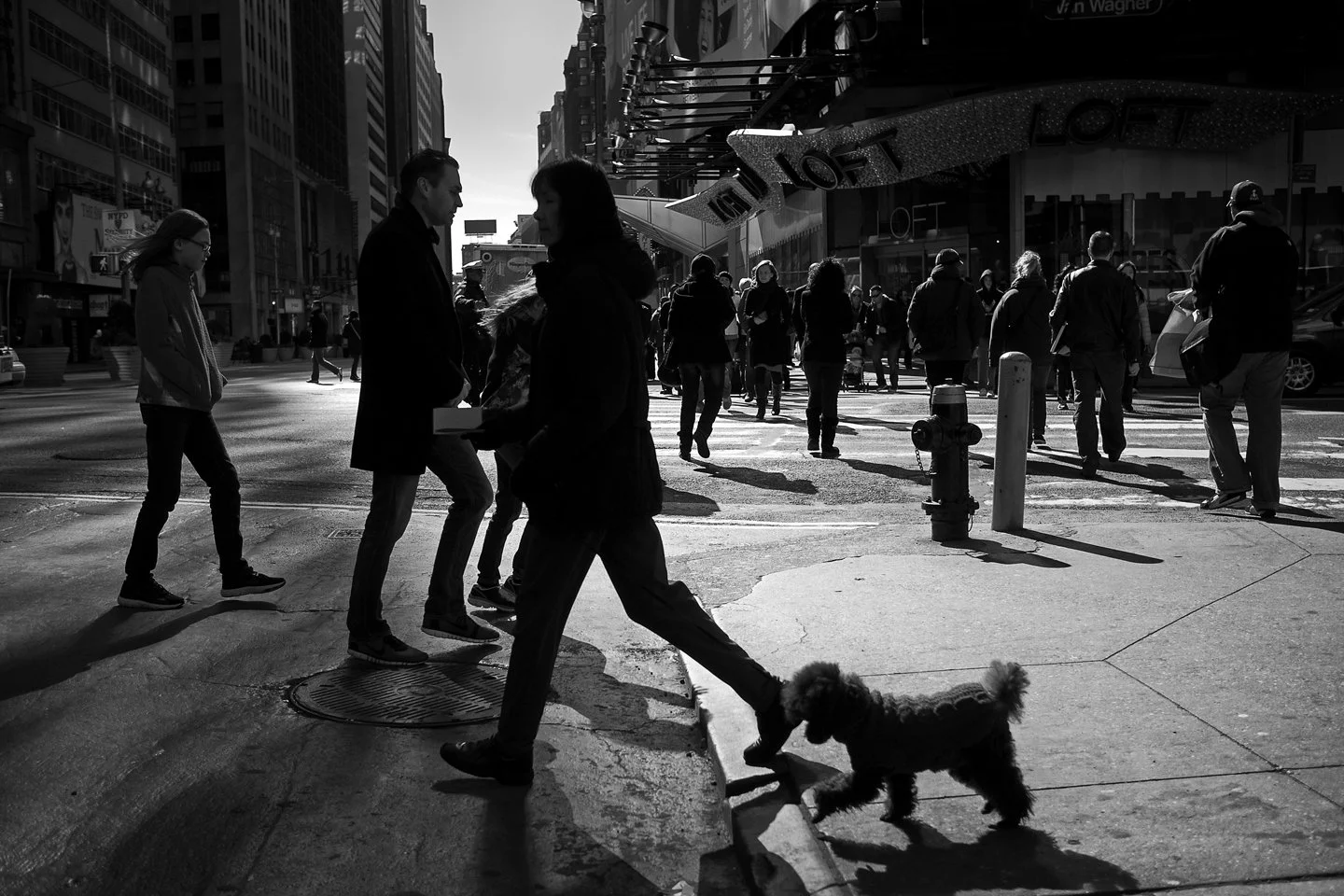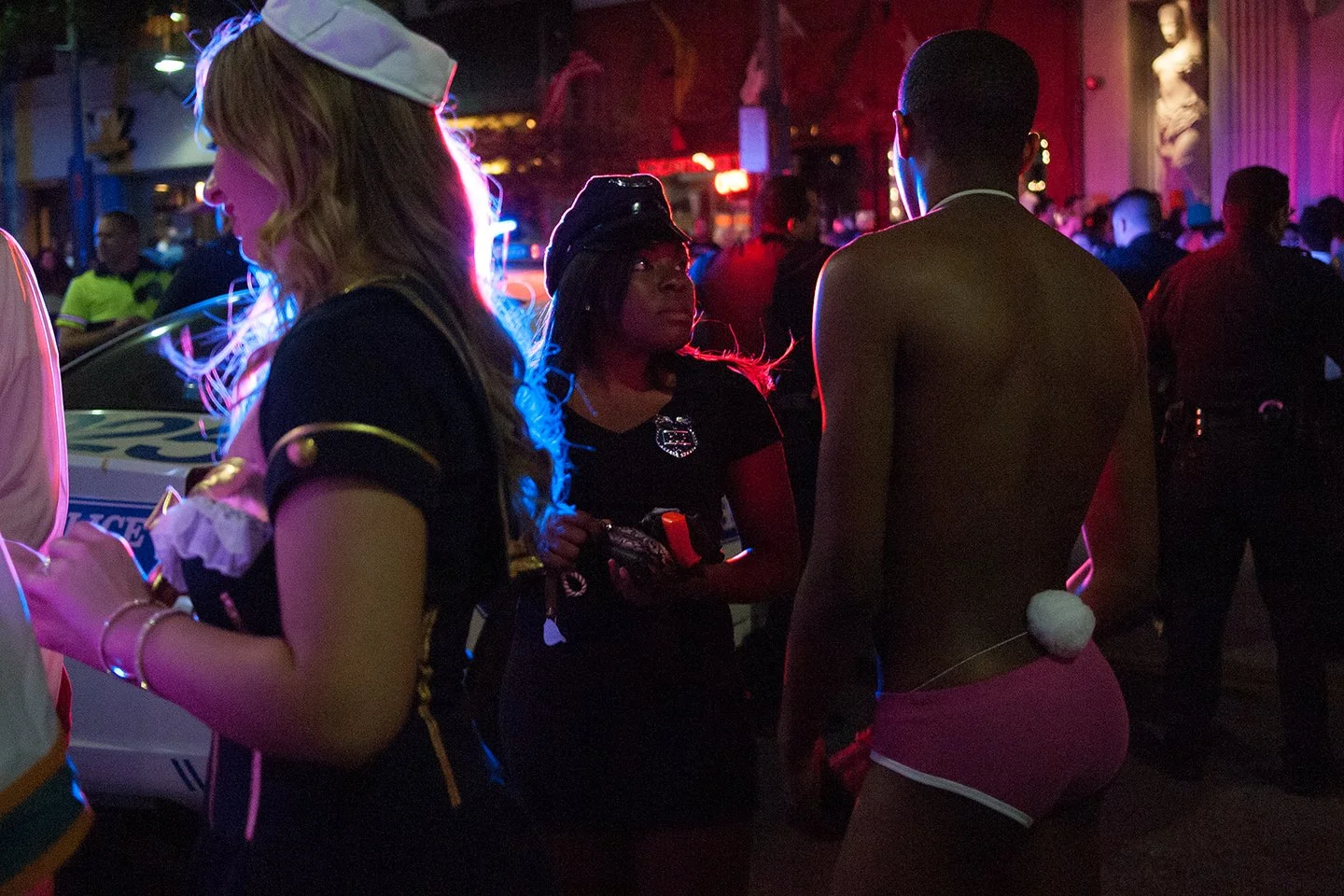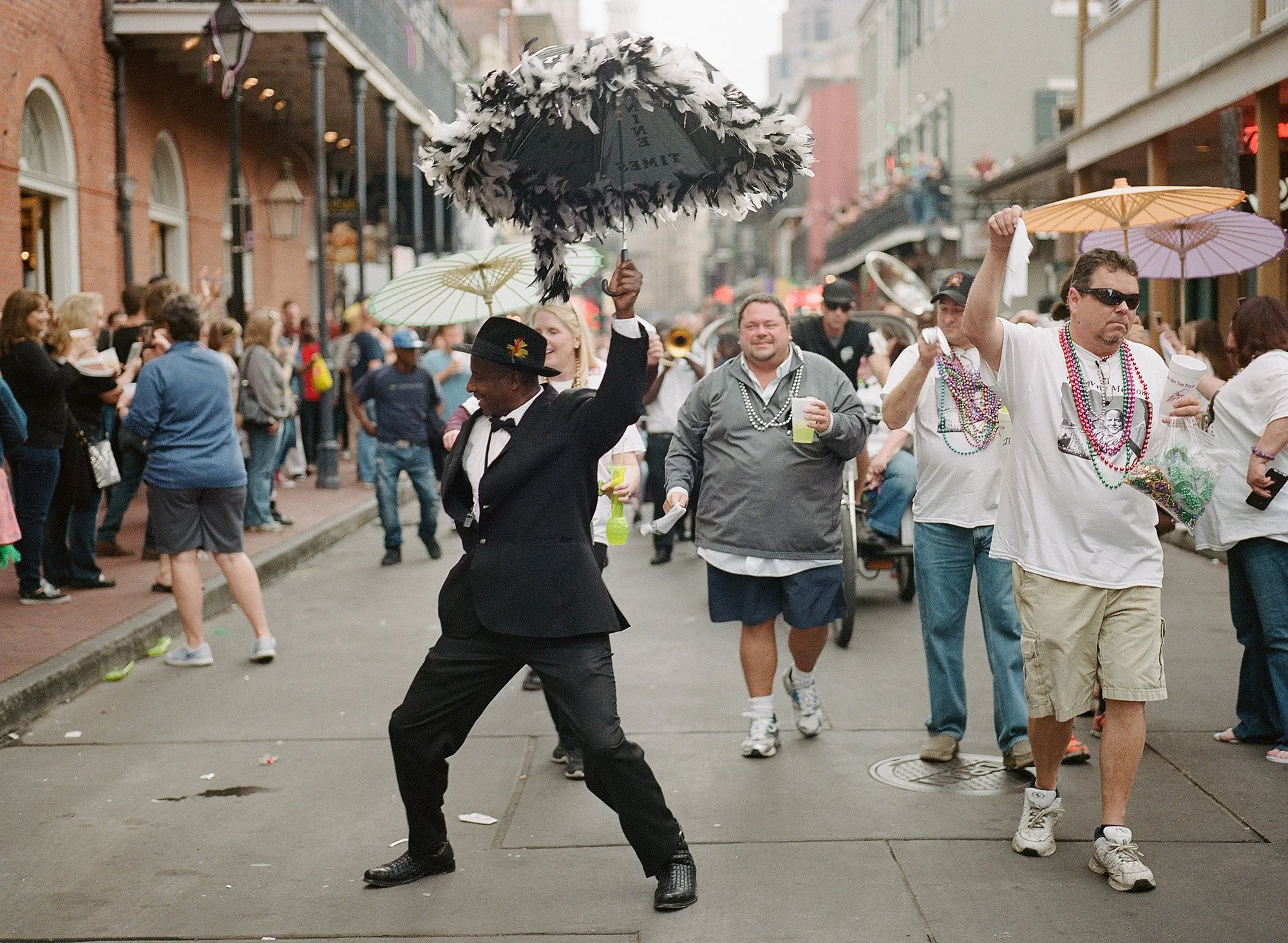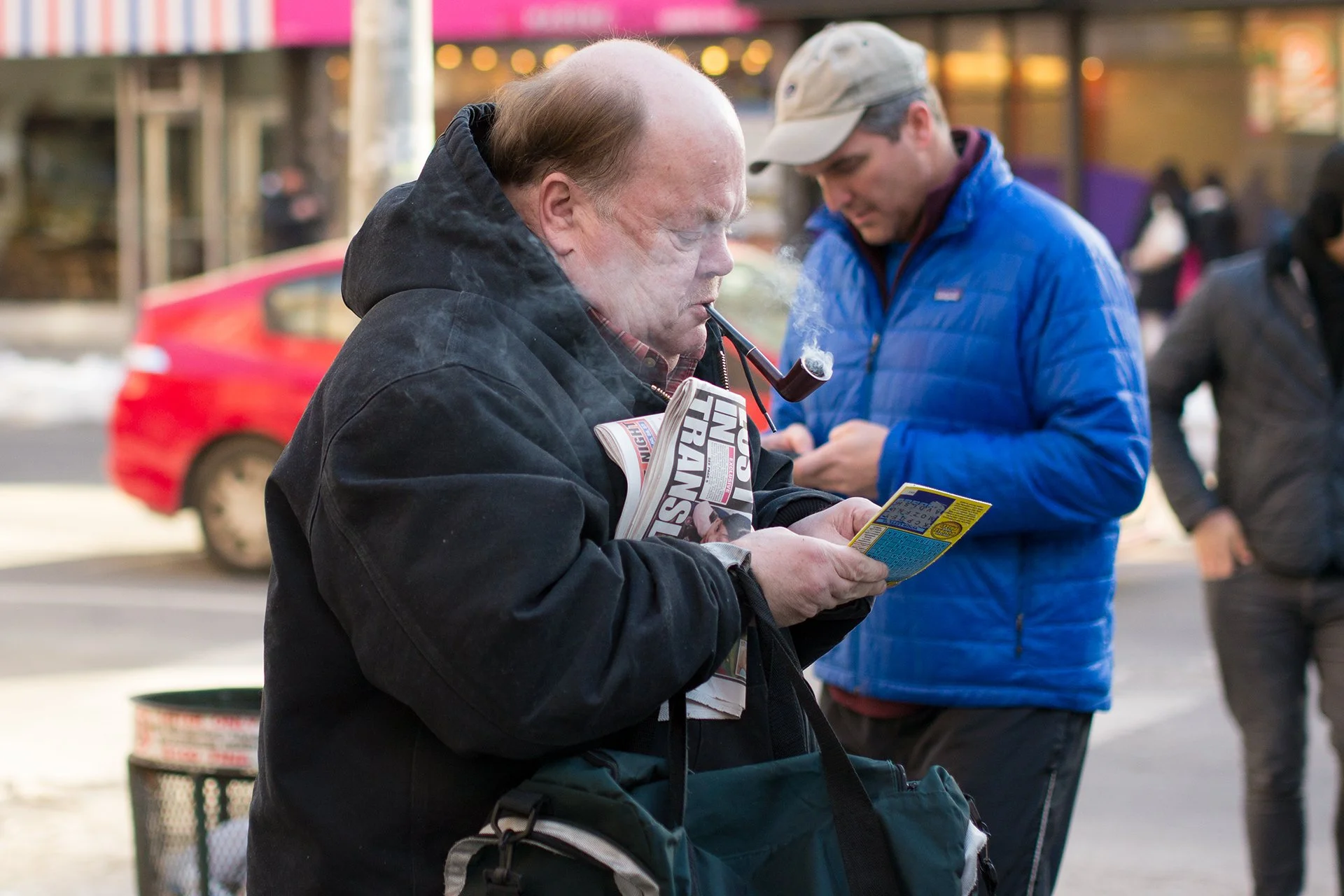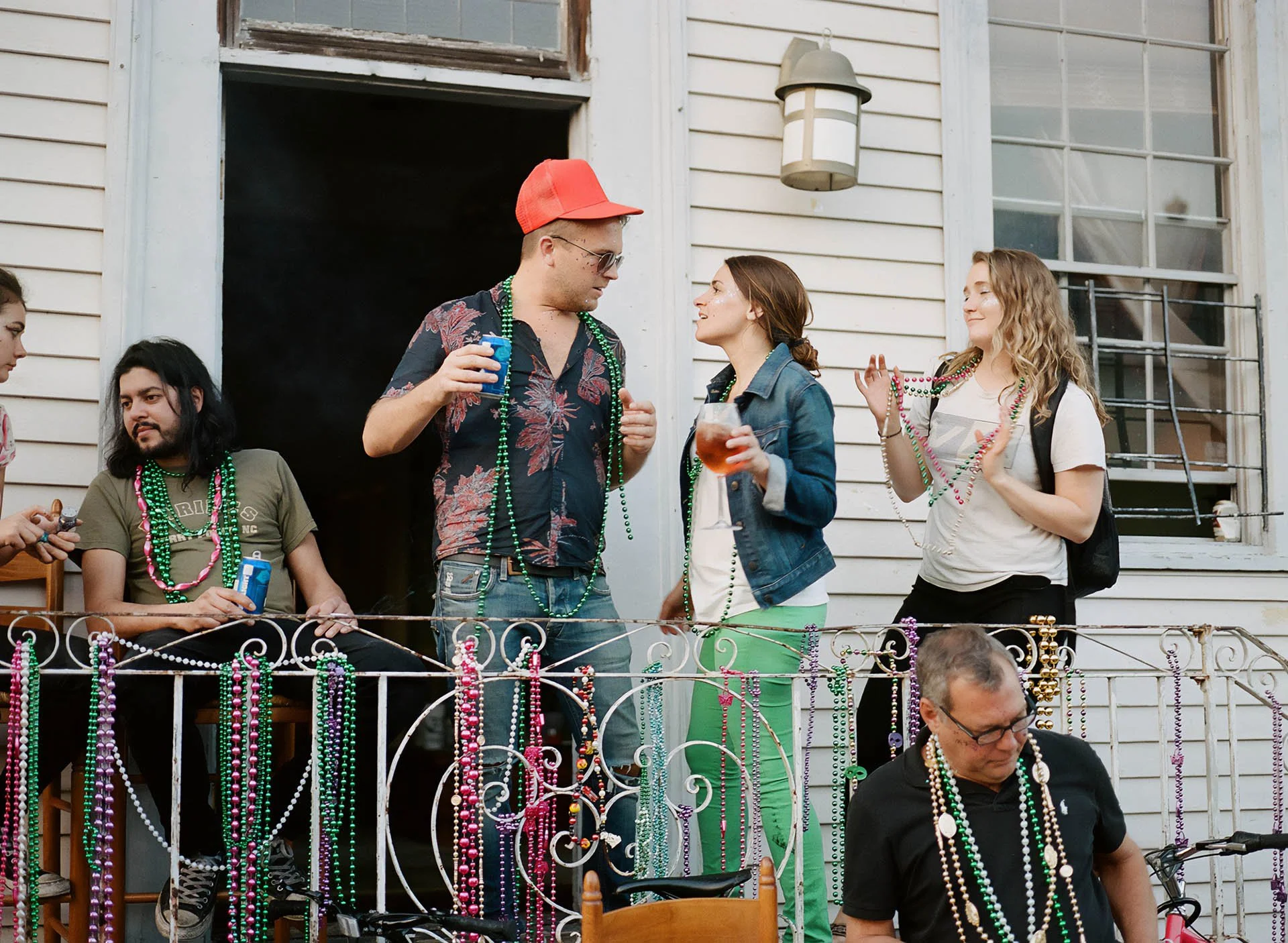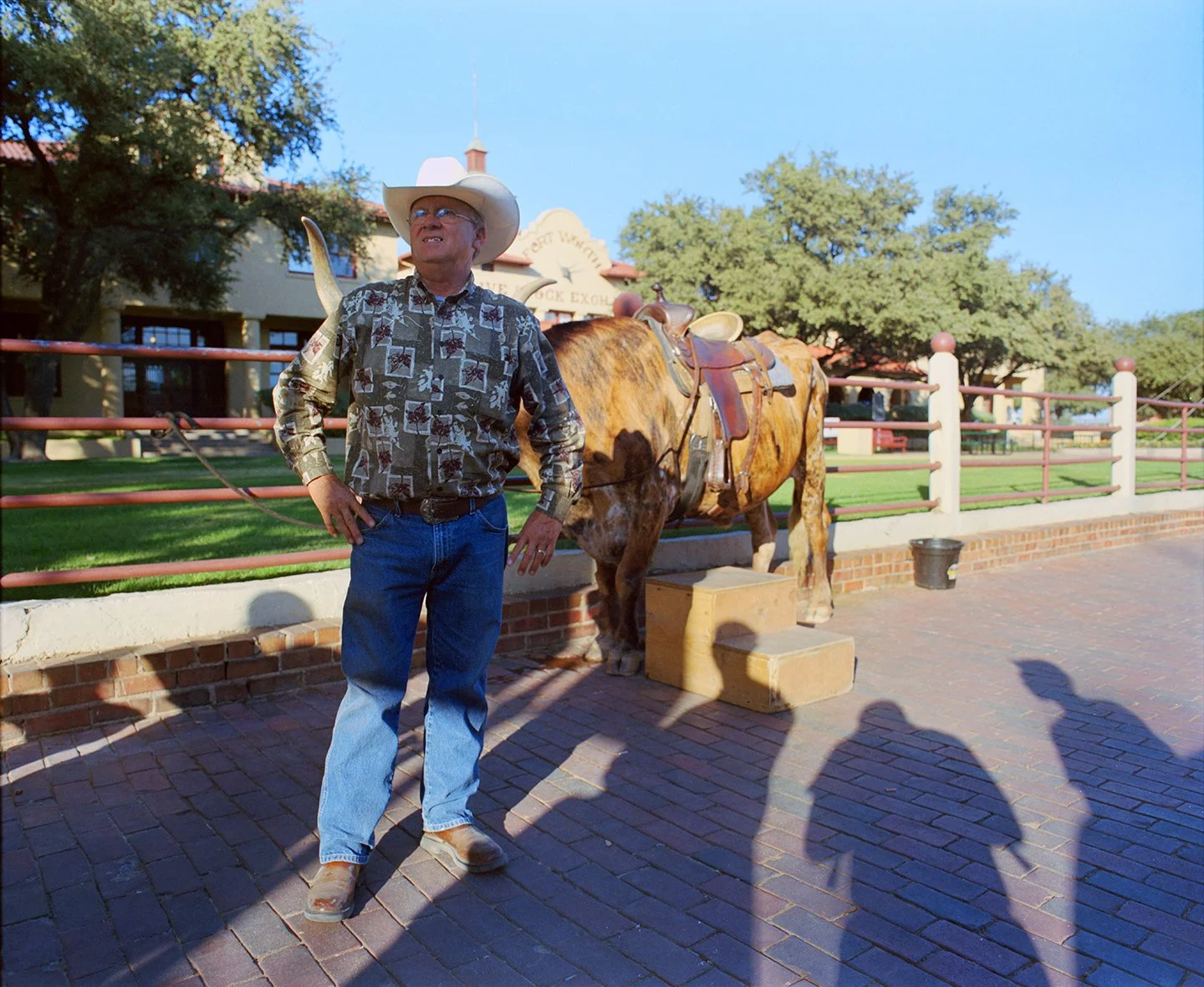See, Shoot, Sell: Book 1
street PHOTOGRAPHY as a masterclass in MARKETING
Whether you’re selling a look or a lifestyle, seeing your customer is believing.
Introduction: Seeing Like a Marketer
Whether you lead a business, run campaigns, or dream of being Henri Cartier-Bresson, there’s something powerful I’ve discovered at the intersection of photography and business marketing: the art of seeing people clearly.
This isn’t just about selling products or taking pretty portraits. It’s about developing a deeper understanding of human behavior. About learning to recognize patterns, predict actions, and move through the world with newfound curiosity and confidence.
Before I ever developed GTM campaigns, designed brands from the ground up, or led strategy for clients, I walked the streets of cities like L.A., New York, London, and Paris with a camera in my hand and endless curiosity in my guts.
I wasn’t just taking photos. I was learning to listen, to watch, to understand what made people tick in their everyday environments.
Street photography became a form of empathy training. A crash course in anthropology. A masterclass in timing.
What I didn’t know was for every hour I spent observing the flow of pedestrians, the rituals of life, and the expressions people wear when they think no one’s watching, I was also laying the foundation for everything I’d do in marketing.
Because the most impactful brands don’t just market at people. They mirror them, reflect them, and pull them into a bigger story taking place between them and their brand.
This post is for the strategist looking for sharper instincts. The seer of light and craver of context. The born leader who wants to connect with their audience on a more human level.
It’s about how observation becomes insight, how creativity turns to clarity. And it’s about how blending in, if a moment, helps you touch infinity.
Let’s explore what it means to move through the world like a photographer, and to build better brands because of it.
When the bosses dog dresses better than you, it’s time to ask for a promotion.
Chapter 1: People First
Marketing, at its core, is about paying close attention to people. Their needs, their desires, behaviors, and emotions. Street photography teaches you in the most raw and direct way possible.
When you’re out on the street with a camera, you’re making yourself a targete. If a car doesn’t almost run you over you’ll get stares.
So you learn blend in, and read the subtle cues: a glance, a posture, a hesitation. These small signals tell stories about what someone might be feeling or thinking.
Over time, you develop the photographer’s instinct, an ability to sense when some theatrical moment is about to happen, or when a person might reveal something real and unguarded.
That’s your gold.
Developing Your Instincts
Instinct doesn’t come overnight. Ever heard the saying that it takes 10k hours of practice to become a master? It holds true here.
But you already have the real-world experience to translate instict, and here are some tips for sharpening them to a razor point:
Watch first, shoot later. Spend time just observing. Don’t rush to lift your camera. Notice patterns in movement, interactions, and light.
Learn to read body language. Is someone relaxed, or tense? Open up, or closed off? These signals will help you decide when and how to approach.
Tune into the environment. What sounds, smells, or weather conditions affect how people behave? The context always shapes the moment.
Trust your gut. Sometimes you just feel a moment coming. Be trigger ready, but stay flexible.
Ethics and Nuance in Street Photography
It bears being said: just because you can take a photo doesn’t mean you should. Street photography has evolved over time, and in the modern era it carries a responsibility. People aren’t just subjects. They are humans who deserve privacy, agency, and dignity.
Here’s how to approach it ethically:
Respect personal space. If someone looks uncomfortable or notices your camera and isn’t okay with it, back off.
Ask permission when possible. If you want a closer shot or a portrait, a smile and a question can build instant trust.
Avoid exploitation. Don’t take pictures that make people look vulnerable, humiliated, or stereotyped. It’s been done to death.
Be mindful of cultural differences. What’s acceptable in one city or country may be taboo in another, or possibly illegal. Do your research.
Involve them as a peer. Great thing happen when you make them a part of what you’re doing. Chapter 7 will show you who did it first.
In product marketing, the same ethics apply. Your audience is made up of real people, not just data points and demographics. When you pay attention with respect and curiosity, you build authentic connections that go deeper than surface-level messaging.
Which one’s the real cop?
Chapter 2: Blend In to Stand Out
When you’re new in town (or a new brand entering a market) the old saying “When in Rome, do as the Romans do” carries a lot of weight. This is especially important for street photographers, but it’s also vital for marketers who want to connect authentically with their audience. So before you throw that camera over your shoulder, pay attention to what you’re wearing.
In London, blending in means dressing sharply but understated. Dark colors, tailored fits, and yes, tight-fitting pants that reveal every curve of a calf muscle (or lack thereof). It’s about respecting local style codes, which sends a silent message: “I’m part of this neighborhood, not an outsider.”
In Los Angeles, the vibe is entirely different. It’s laid-back, sun-drenched, and eclectic. You’ll see everything from surf-inspired casual wear to high fashion on Sunset Boulevard. Blending in means balancing casual comfort with a bit of edge. Think denim jackets, designer sneakers, and vintage tees.
Miami is a whole different animal. It’s where Southern charm, European tourists, snowbirds escaping colder climates, and a vibrant Latin American flair all collide in a melting pot of style and attitude. The fashion here is as colorful and dynamic as the city itself.
Paris, like London, values sartorial sophistication but leans more toward timeless elegance. Locals favor neutral tones, classic cuts, and effortless chic. Blending in means moving with confidence and a quiet sense of style that says you belong without shouting.
Why does all this fashion prep matter? Because looking less like a tourist and more like a local puts you onto the playing field as an equal. When you understand the local “language” of style and behavior, you get closer to the real pulse of the place, and that’s where the richest stories live.
The key here is to make yourself part of the community, not just a visitor.
The only place where they truly praise the dead.
Chapter 3: The Tools that Let You See
I use a Fujifilm X-Pro 3. At first glance, it looks like a vintage 35mm film rangefinder, but under the hood, it's anything but old school. What makes the X-Pro 3 special (and even polarizing) is its rear screen. Instead of a traditional LCD panel that constantly shows the photos you’ve taken, the screen stays hidden. You shoot first. Review later. It’s a quiet nod to the film photographers who had to trust their instincts before they ever saw their images.
That design choice changes how you shoot. It forces you to stay present. You stop chimping after every shot and start focusing on what’s unfolding in front of you. That’s a mindset marketers can learn from. Don’t rush to evaluate the outcome. Stay with the moment. Observe, and let the story develop.
The X-Pro 3 isn’t alone in this philosophy. There’s the Leica Q3: a high-end compact with a full-frame sensor, crisp autofocus, and premium glass. It looks like a jewel but performs like a workhorse. Then there’s the Sigma FP, a minimalist cube of a camera that’s all about modularity and experimentation. And let’s not forget the revered Sony RX1, which is tiny enough to disappear in your palm, yet punches way above its weight with full-frame performance and a stunning Zeiss lens.
These cameras all share a few key traits: they’re compact, discreet, and deliver pro-level image quality. Unlike big, heavy, pro SLRs, they’re unassuming, which is what you want when you’re documenting life as it is. And yet, they’re marvels of design and engineering, deeply intentional in how they’re built.
That’s what makes them a kind of microcosm of marketing. Great marketing doesn’t need the biggest budget, or highest end tools. It shows up with clarity, quality, and precision. It blends into its audience’s world, but it’s capable of capturing stunning insight in a moment’s notice. Just like these cameras, a well-executed brand might look simple on the outside—but every inch of it is designed with purpose in mind.
For some guys, a day at the office means leaning against hot people’s windows all day.
Chapter 4: The Paparazzi Reflex
Street photographers share as much DNA with paparazzi as humans do with chimpanzees.
They’re close relatives, sometimes too close. Both capture people when they’re often unaware. And there’s tension in that.
Sometimes people react with surprise. Sometimes annoyance. But if you take the right appoach, as I’ve witnessed, they smile. Because even if it's uncomfortable, being seen is powerful.
Marketing stalks people too—with cookies, pixels, tracking scripts. The difference is consent. The more honest and direct we are in our “stalking,” the more we earn trust. And if you do it well, your audience isn't mad you're watching. They're glad you noticed.
Take famous paparazzi like Ron Galella, who relentlessly pursued Jackie Kennedy and Marlon Brando. He was brash, invasive, and often too aggressive. Yet he captured raw, unfiltered celebrity moments that no one else did. His photos created iconic images, but at what cost?
Compare that to someone like Mario Brenna, who photographed Princess Diana and Dodi Fayed on a yacht—the infamous shots that sold for millions. These photographers understood the currency of candid moments and the public's hunger to see behind the curtain.
Over time, though, the relationship between celebrities and paparazzi shifted. Many celebrities began to recognize the power of those spontaneous moments. Some even developed relationships with select photographers—granting them preferred access in exchange for control over the narrative.
Tabloid legends like Kevin Mazur, once known for candid backstage photos, became trusted insiders and eventually official brand photographers for A-listers. Others, like Markus Klinko, transitioned from fashion photography into celebrity campaigns that blended authenticity with image control.
In this new dynamic, celebrities used paparazzi to shape their personal brands, while photographers gained legitimacy and new opportunities. The line between invasive spectacle and strategic visibility began to blur.
In marketing, we chase that same intimacy, but the best brands earn it rather than hijack it. Authenticity, not intrusion, is the goal. Build the kind of brand people want to take selfies with.
In Santa Barbara, everybody’s a millionaire. Might as well show ‘em what you’ve got.
Chapter 5: William Klein and the Power of Presence
American-born French photographer William Klein’s work is defined by its ability to thrust the viewer right into the energy of the street. His images don’t just capture scenes, they confront you as the viewer. Subjects often stare directly into the lens. There’s no attempt to hide the photographer’s presence. Instead, eye contact and subject interaction are central to Klein’s visual language.
His everyman street cred didn’t stop at street corners. Klein took that raw energy to the runway, revolutionizing fashion photography through the 1950s and 60s. While traditional fashion photographers kept a formal distance, Klein brought motion, chaos, and grit. He shot models laughing, twirling, even flipping off the camera—far from the poised glamour that dominated at the time.
One of his most famous anecdotes involves a fashion shoot he did on the streets of Paris. Rather than use a studio, he planted his models amid bustling crowds, letting life unfold around them. Taxi drivers shouted, kids ran through the frame, pedestrians stared. But that was the point. Fashion wasn’t some elite fantasy in Klein’s world—it was alive, grounded in the culture of the street.
For marketers, Klein offers a crucial lesson: Don’t remove your subject from context. Embed your brand in the lives of real people. Invite the unexpected. Let the noise of the world shape the story.
“I don’t want to win just one. I want to win ‘em all.” He said.
Chapter 6: Vivian Maier and the Power of Observation
A contemporary of Klein’s by age and location, Vivian Maier’s story is both unique and tragic. A nanny by profession, she spent decades quietly documenting the streets of mid-century Chicago—capturing thousands of extraordinary photographs that transformed everyday life into visual theater. She never shared her work during her lifetime. It wasn’t until after her death that her brilliant body of work was discovered in a storage unit, revealing one of the greatest street photographers of the 20th century.
Maier’s eye was unflinching, poetic, and precise. She noticed the unnoticed. Her photos often carry a quiet humor or a subtle melancholy. She wasn't trying to impose a story—she let the streets speak for themselves.
For marketers, there’s a profound lesson in Maier’s approach: observation without interference. In a world full of noise, sometimes the most powerful thing you can do is watch carefully and tell the truth of what you see. That kind of insight leads to campaigns that connect on a deeper human level.
Maier’s legacy is a reminder that great storytelling doesn’t always come from a loud voice. Sometimes, it comes from a thoughtful lens—and a willingness to let the moment unfold on its own terms.
“Are you paparazzi?” She asked. “Could be.” I said.
Chapter 7: Jamel Shabazz and the Power of Affirmation
Jamel Shabazz approached his subjects not as outsiders or voyeurs, but as participants in a vibrant culture. His portraits of everyday life in 1980s Brooklyn (especially young Black men and women in their finest streetwear) weren’t just snapshots. They were affirmations.
Shabazz gave dignity and visibility to people who often went unseen by mainstream media, which in turn built a visual language rooted in respect, authenticity, and connection.
What made Shabazz’s work so effective was the trust he built with his subjects. His camera wasn’t a weapon or a shield. It was a bridge. He’d speak with the people he photographed, laugh with them, pose them like royalty. His portraits reflected pride, confidence, and style in a way that felt celebratory rather than exploitative.
As marketers, we can take a page from Shabazz’s playbook. It’s not enough to “feature” your audience. You have to uplift them. Your messaging shouldn’t reduce people to tropes, it should reflect their full humanity. That means showing your community in their strength, on their terms, with joy and self-possession.
When brands do that, they don’t just earn attention, they earn allegiance.
The old he-said, she-said plays out in real time everywhere you look.
Chapter 8: Marketing That Sees People
This book started with a simple idea: photography taught me how to see people. But as we’ve explored together, that kind of seeing goes far beyond exposure, composition, or even subject matter.
It’s about understanding behavior. Practicing empathy. Building instincts. Listening before speaking—and adapting before reacting.
If you’ve taken something from this journey, let it be this: marketing will only ever be as strong as your ability to connect. And connection begins with presence.
You've seen how dressing like a local helps you blend in (Chapter 2), how tools can reinforce your mindset (Chapter 3), how visibility and voyeurism dance a fine line (Chapter 4), and how photographers—both famous in their careers and unsung—have shaped how we tell stories that last.
Now it’s your turn to take what you’ve learned and apply it.
I invite you to keep learning, practicing, and sharpening your vision—with a fellow marketer and photographer by your side. If you’re ready to see your audience more clearly, design with more purpose, and move with more empathy, <?>.
Let’s build marketing that truly sees people.
“Who wants to ride my stud?” He asked. “Just a picture, thanks.” I said.
Bonus: What to Look for (in the Streets, or in Strategy)
Got your camera ready to hit the streets but don’t know what to look for? Start here:
Look for contrast: What doesn’t fit in with the rest? What catches the eye?
Look for repetition: What are people doing over and over (and over) again?
Look for interaction: How do people relate to space, products, each other?
Look for posture: Are people open, closed, hurried, relaxed? Show it.
These are the clues. Whether you're behind a lens or building a campaign.
“This isn’t going like the storyboard.” He said. “Fuck the storyboard.” She said.
Conclusion: From Street Smarts to Strategy
Being a street photographer gave me a lens on life that makes me a better brand builder, point blank. But the story never really ends.
It’s about being present in the moment. Observing without judgment. Blending in when needed, standing out when it counts. Showing solidarity when it matters.
And above all, remember this: marketing is just another way of saying, "I see you."


